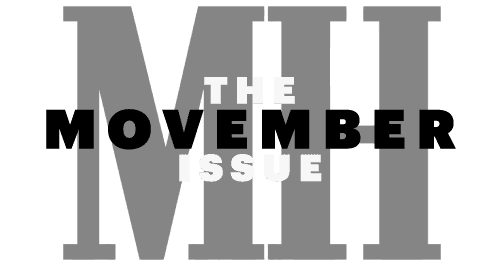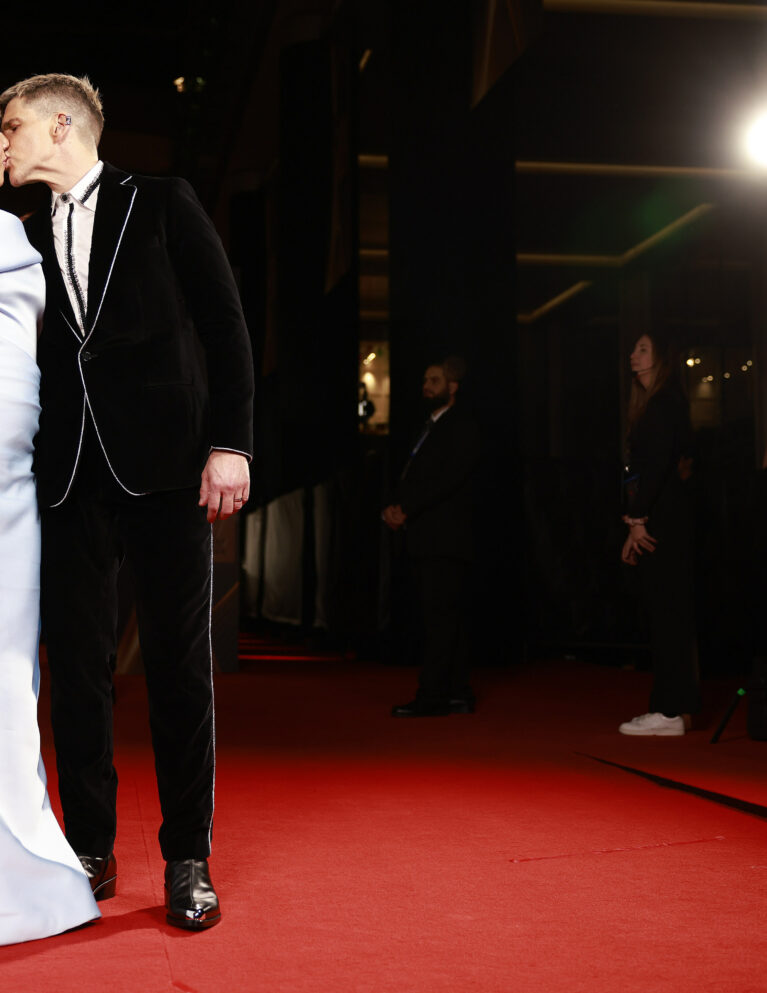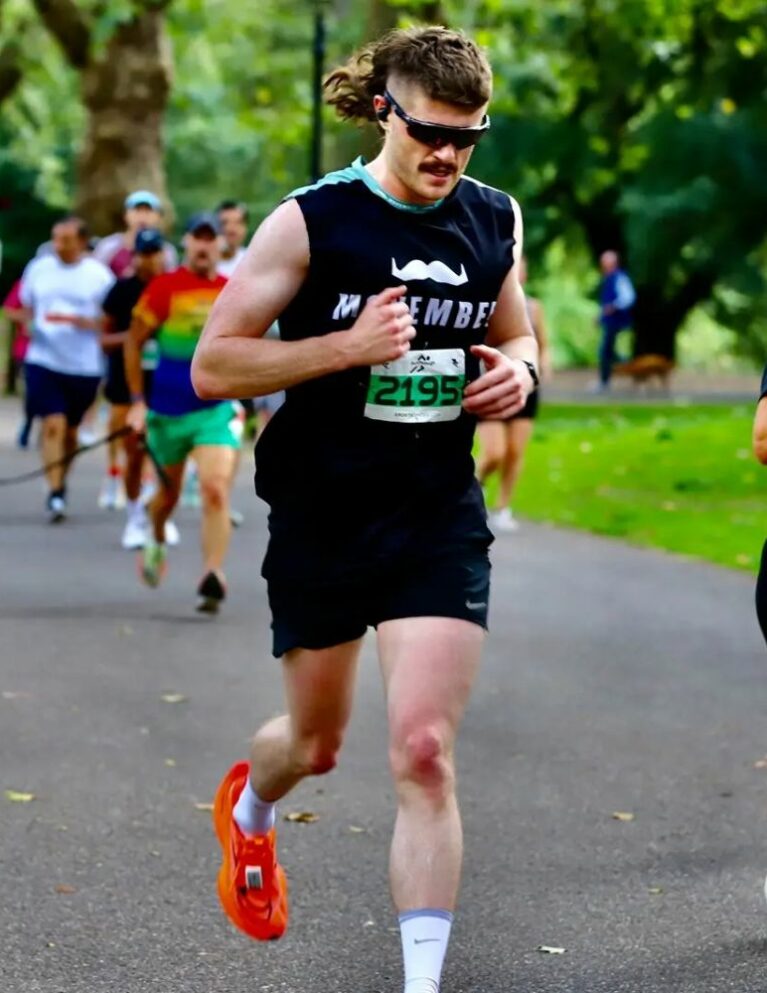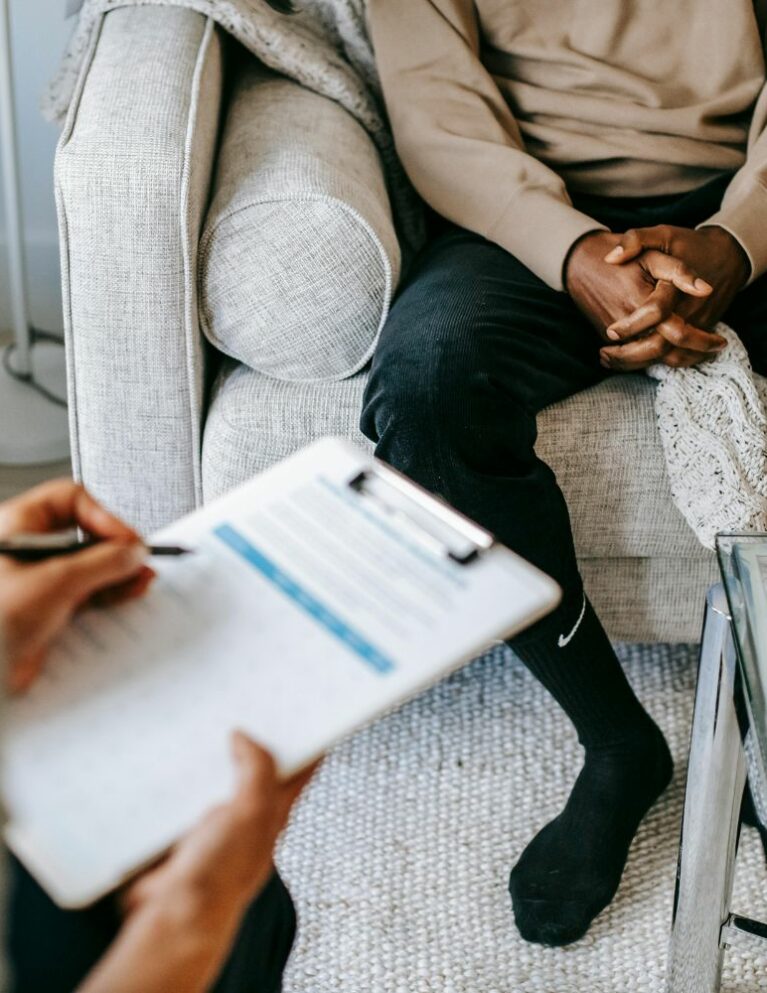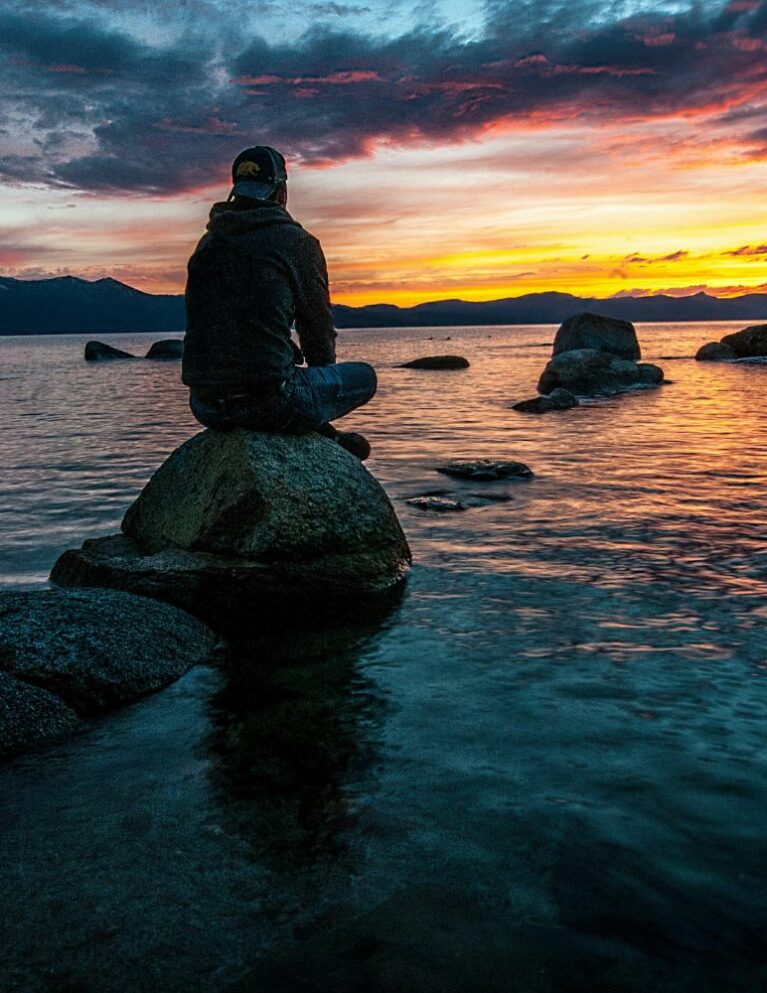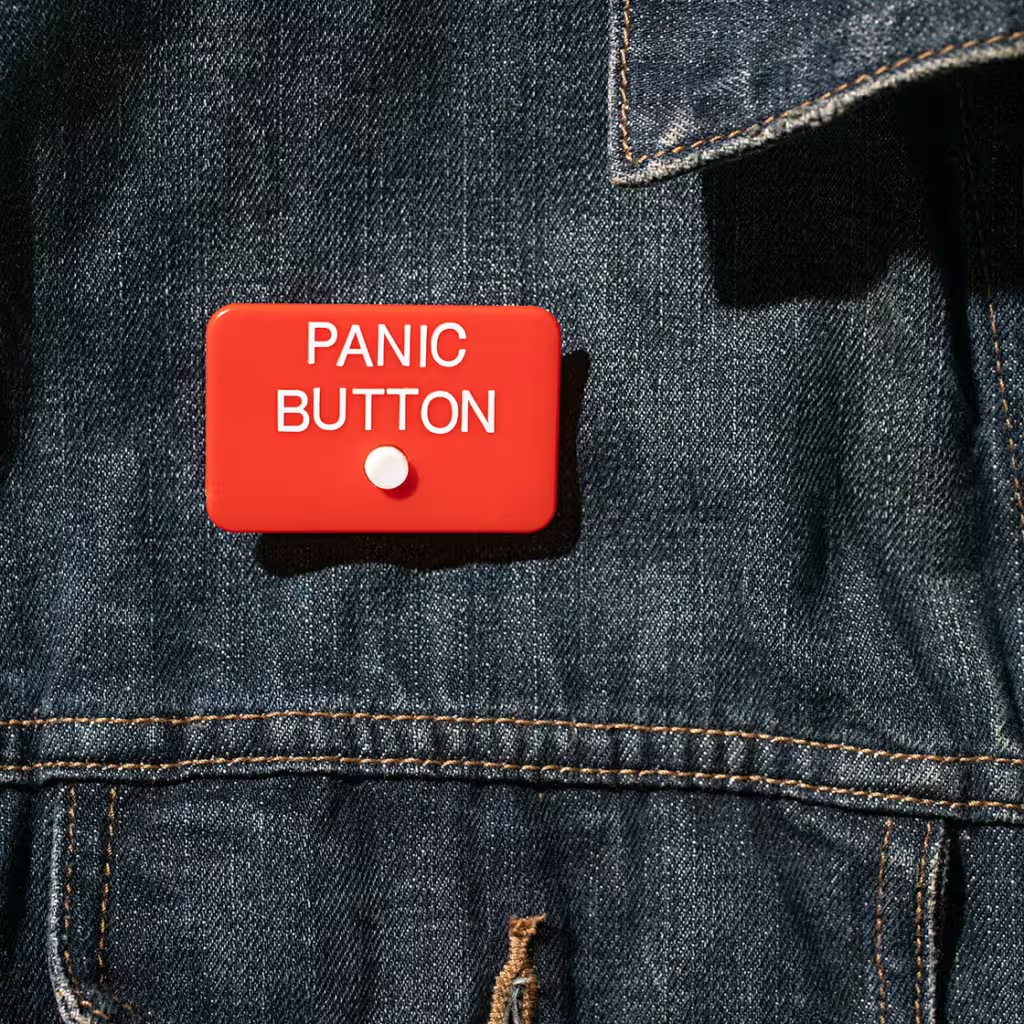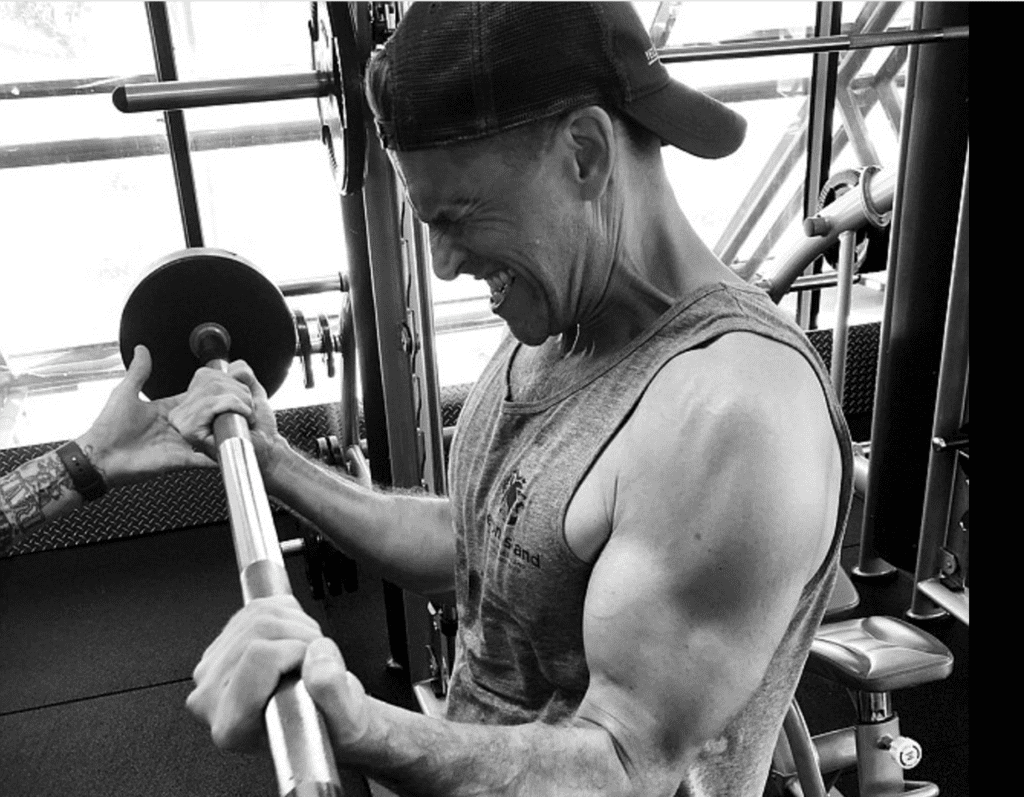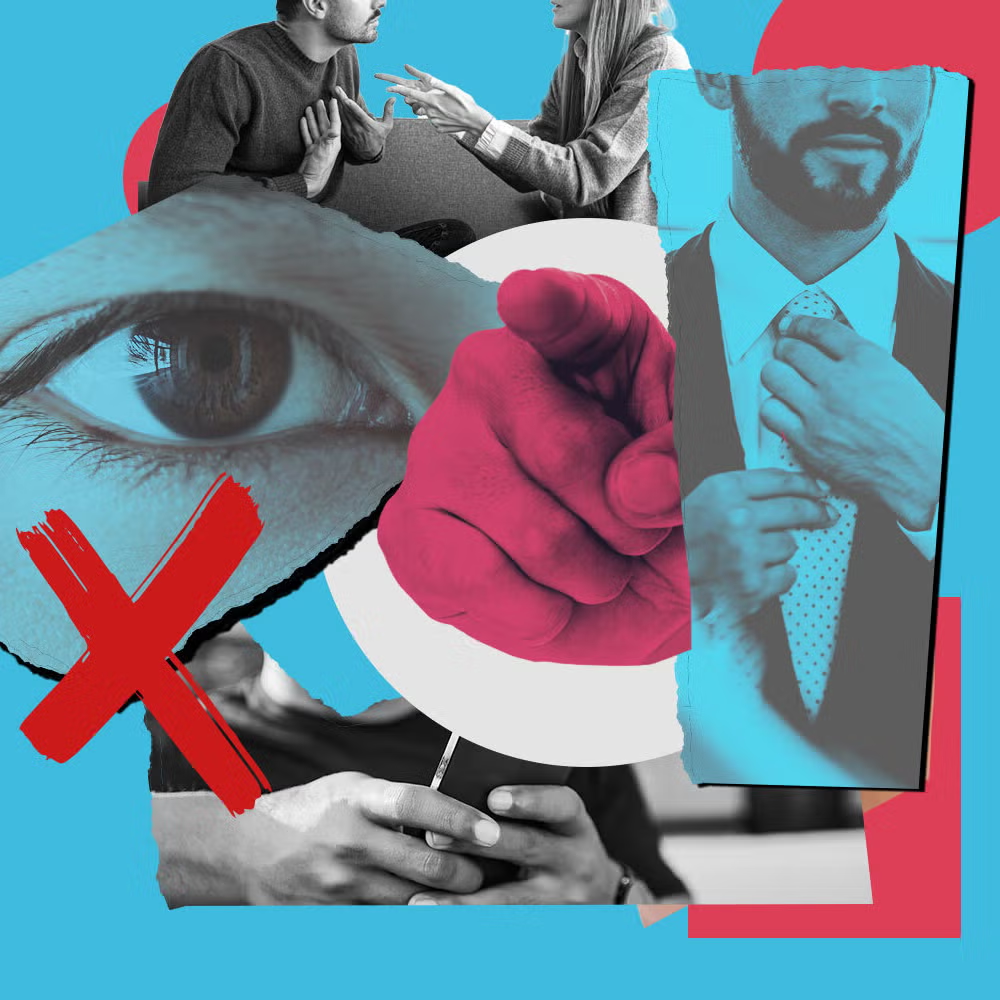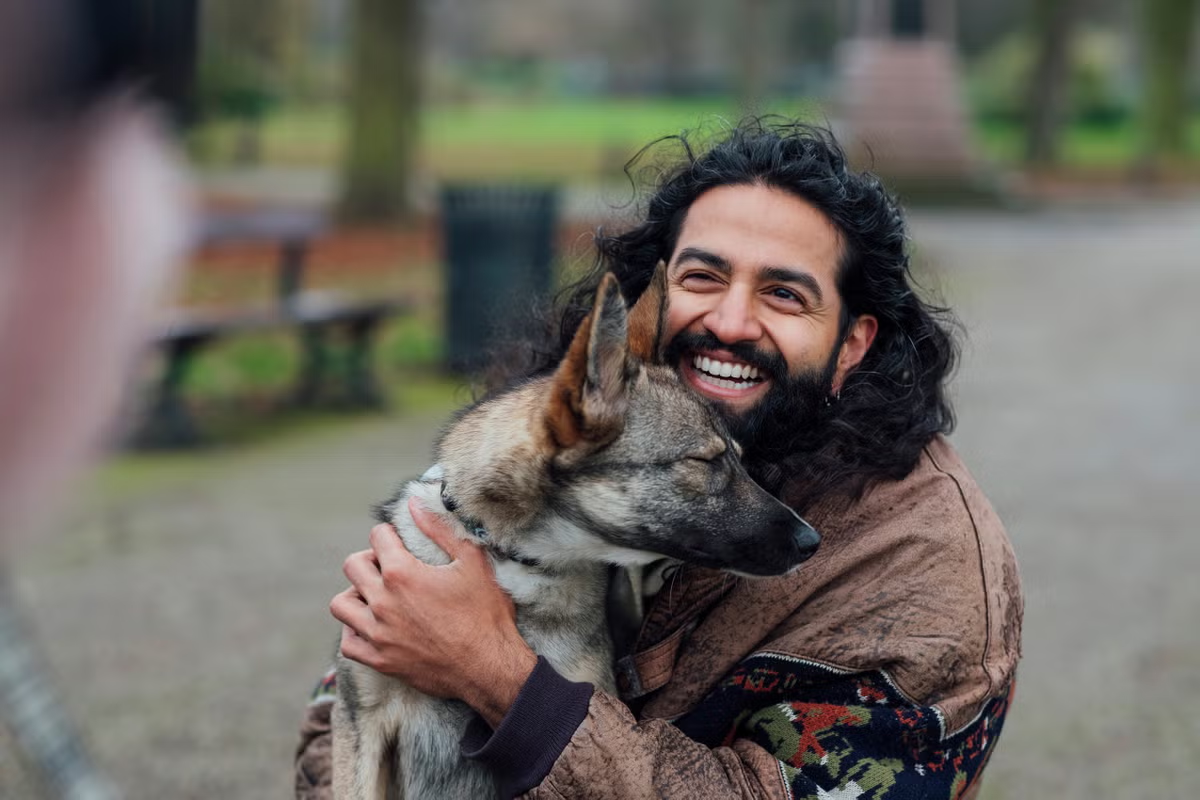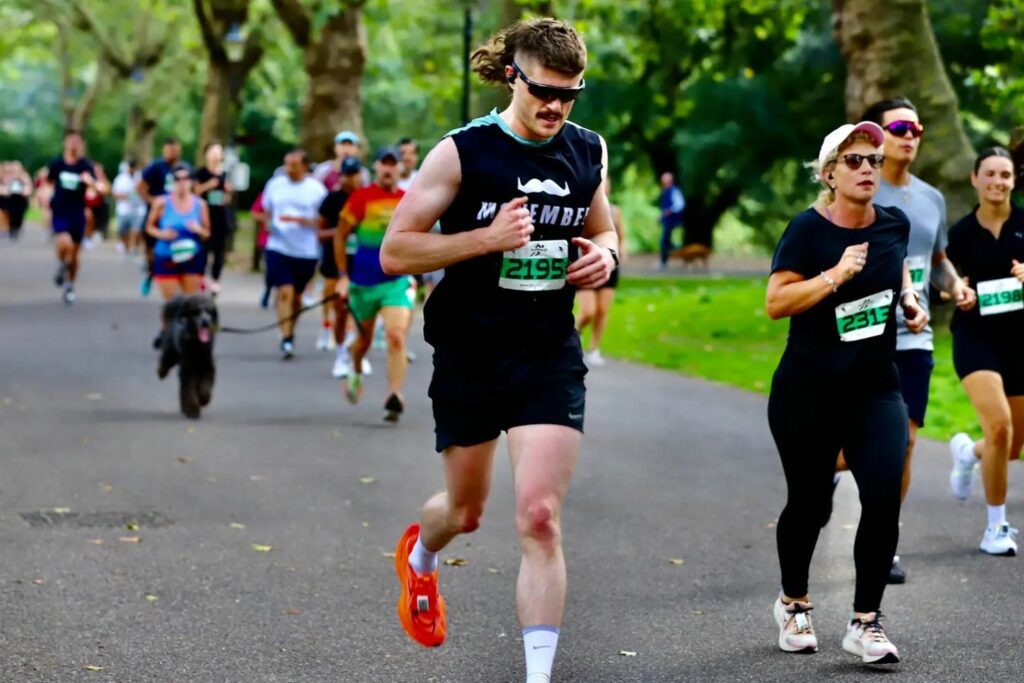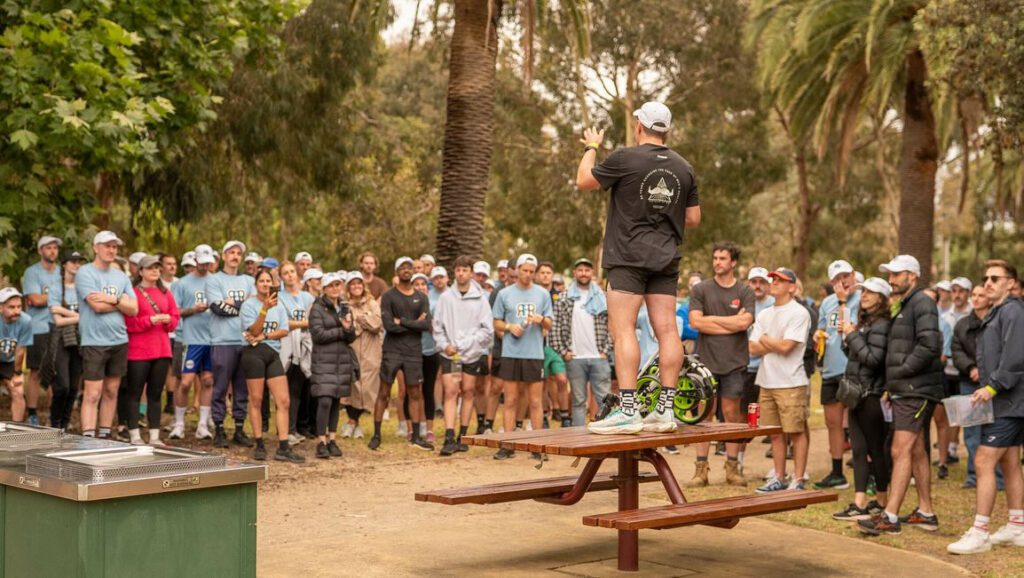
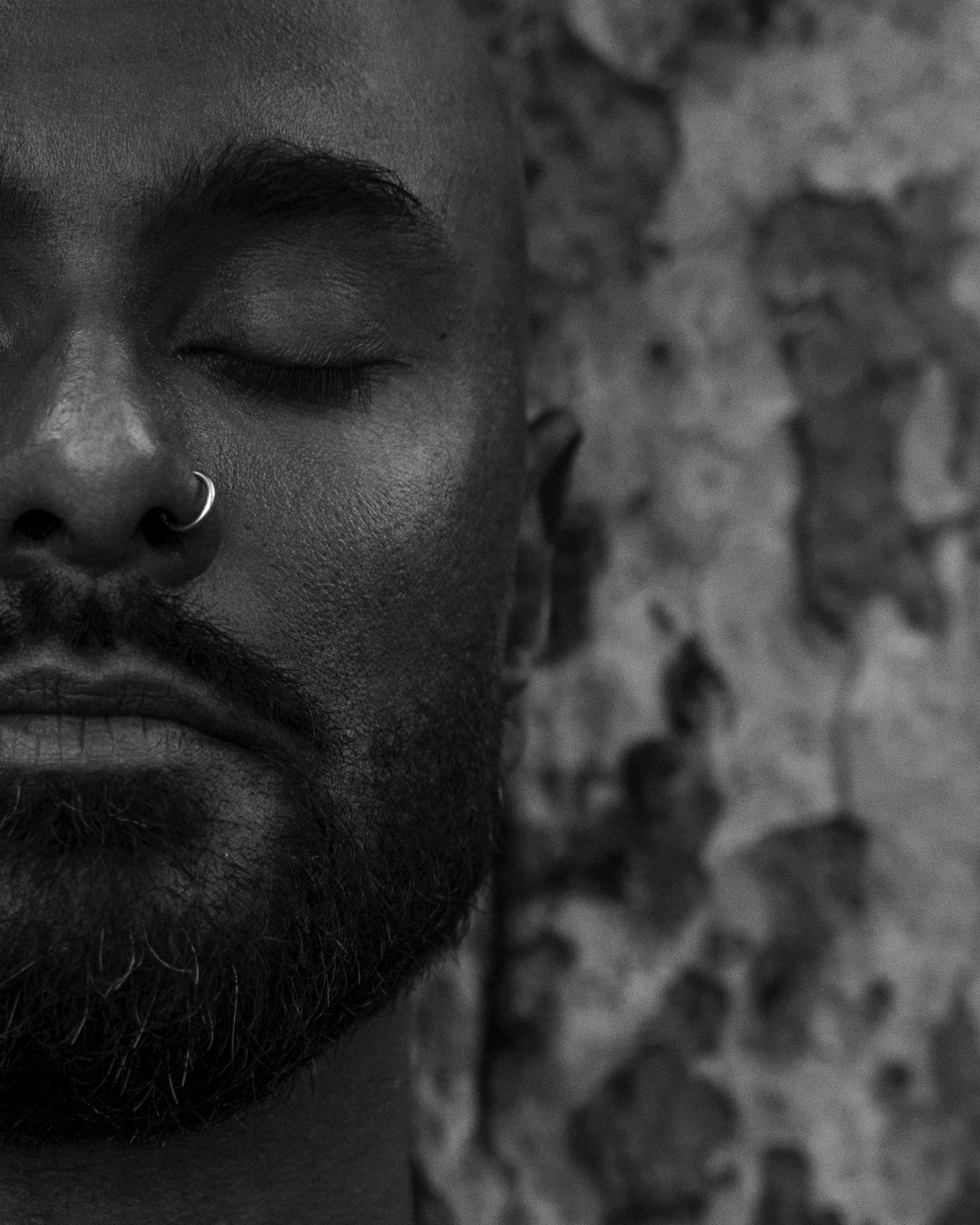
Manoj Dias: why the diagnosis isn’t the destination
Mental health labels are just a starting point – here’s how to find purpose in the in-between
I was 28 years old sitting in my physiatrist’s office when she uttered the words: “You have ADHD.”
In many ways, it felt like a revelation. For years, my life had felt an exhausting dance of chaotic energy and unmet potential. The diagnosis offered clarity – finally, a reason behind the struggles that had haunted me for what felt like forever. ADHD is often described as a mind racing in every direction, fuelled by bursts of creativity and drive but often crashing against the walls of frustration and distraction.
ADHD arises from a combination of genetic, neurological, and environmental factors. It can often be hereditary, with certain genes linked to dopamine regulation – the neurotransmitter responsible for focus, motivation, and reward. These genes impact dopamine pathways, especially in the prefrontal cortex, the part of the brain governing attention and decision-making. For folks with ADHD, these pathways don’t function as efficiently, leading to impulsivity, inattention and hyperactivity.
Environmental factors also play a role. Stress, chaotic home environments, and exposure to toxins – both prenatal and during childhood – can amplify the risk. It’s a mish-mash of biology and circumstance, where everything from genetics to early experiences can ultimately shape how ADHD manifests in each person.
At the time of my diagnosis, it actually felt like a wave of hope crashing over the distraction, anxiety, and confusion that had shadowed my life for years. Suddenly, things began to make sense – like why I would procrastinate completing simple, repetitive tasks at work or why my apartment could go from pristine to chaotic in 24 hours.
Throughout high school, teachers would say, “He has so much potential, if only he applied himself”. Those words haunted me for years. I lived with the constant weight of being perpetually on the cusp of becoming the person I knew I could be – if only I tried harder. The harder I tried, though, the further I seemed from my goals. I scoured WebMD (pre-ChatGPT days) for the latest supplements and lifestyle changes.
Eventually, I gave in and started the medication my therapist prescribed.
The first 12 months on medication were transformative. For the first time, I experienced focus and clarity on a level I’d never known. I thrived at work, earning two promotions and more money than I ever thought possible at that age. My newfound confidence was intoxicating – borderline obnoxious – but as someone who’d grown up a shy, skinny kid, with low self-esteem, I basked in it.
Then, the crash came. My sleep began to dwindle to three or four hours a night. Anxiety crept in, and soon it was uncontrollable. From the time I woke up to when I would try to fall asleep. I lost weight rapidly, and everything culminated in a frightening panic attack – right in front of my staff.
It took me a long time to recover from that experience. I stopped working, unsure if I’d ever return to that life. During that time, I stumbled upon meditation and yoga. What started as curiosity, quickly became obsession. As I started to notice my health improve, I began practising for hours daily. I read every book I could find, attended workshops, went on retreats and even lived with my teacher. At one point, I was so immersed I almost became a monk – but that’s a story for another day.

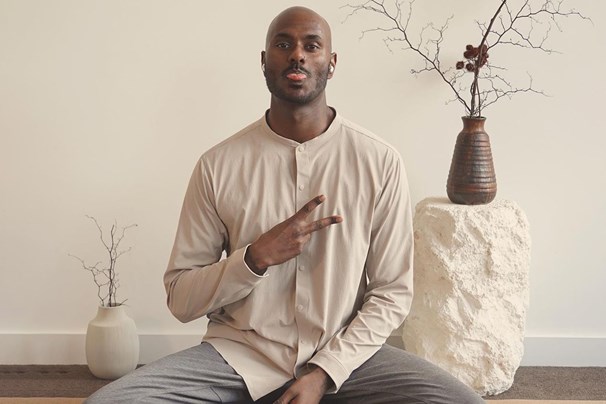
For years, I thought meditation and yoga had saved me. They gave me the tools to slow down and control my responses, and I believed they were the antidote to everything I’d been through. And I would tell anyone that would listen to me. But in hindsight, I see things differently. What these practices truly offered was the space to slow down, see my reality clearly, and yes, give my dopamine system a gentle boost through self-discovery.
As I deepened my understanding of psychology and therapeutic practices, I realised that no single tool or practice is a cure-all. Meditation, yoga, therapy, and even medication – each played a role, but the real healing came from getting to know myself.
In recent years, adult ADHD diagnoses have surged, sparking debates about overdiagnosis. Some researchers suggest that conditions like anxiety, depression, or mood disorders might be misdiagnosed as ADHD due to overlapping symptoms. Diagnostic tools like the Conners Continuous Performance Test – often criticised for lacking specificity – can muddy the waters further.
The role of social media in these diagnoses is also complex. On one hand, it has reduced stigma, empowering people to seek help. On the other, it has contributed to a wave of self-diagnoses, with individuals mistaking everyday fluctuations in mood to mental health conditions.
As social media and AI platforms continue to offer endless streams of information, it’s easy to fall into the trap of identifying too closely with a diagnosis. But a diagnosis – whether ADHD or any other – isn’t the full story of who we are. It’s a signpost, not a final destination.
Like everything in life, mental health challenges are impermanent. The complexity that comes with it may feel overwhelming at times – like it did for me, but they are also ever-changing. These moments of difficulty carry the potential for deep self-awareness and growth. A diagnosis gives us a chance to understand, not just the limitations we might face, but also the strengths we can cultivate.
In my case, ADHD wasn’t just a struggle – it revealed the parts of me that thrive in curiosity, in novelty, in obsession with learning things I was interested in. This kind of engagement helped me see where my natural gifts lie. I’ve come to realize that ADHD, like all aspects of life, is not something to “fix” but something to befriend. It’s about understanding how my mind works and creating systems that support my wellbeing, rather than fighting against it.
The narrative that a diagnosis defines us is a narrow and outdated one. What if, instead of letting these labels limit us, we used them to unlock new possibilities? The impermanence of these moments reminds us that who we are today doesn’t have to dictate who we become tomorrow. Our understanding deepens with every new experience.
The older I get, the more I realize that this journey isn’t about curing or eliminating what feels challenging – whether through medication, meditation, or therapy. Instead, it’s about using these tools to connect more intimately with ourselves. My diagnosis has taught me that the real magic lies in learning how to live in alignment with who we are, rather than chasing a version of ourselves that was never meant to exist.
Keep Reading
Osher Günsberg on the male rite of passage we don’t talk about
Reading time 10 min read
Why I Mo: Harry Cleary
Reading time 6 min read
What to expect from your first therapy session
Reading time 6 min read
6 key findings from the 2024 Real Face of Men’s Health Report
Reading time 5 min read






